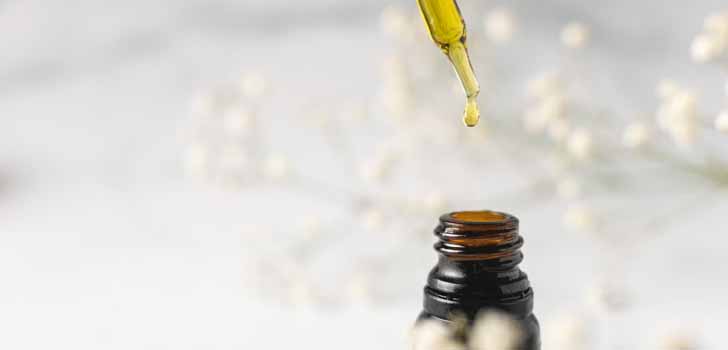For much of the 20th century, cannabis use was synonymous, among many, with getting high and not much else.
Depending on who you talked to, cannabis was responsible for relaxation, a fun afternoon with friends, or killing your entire family with an axe.
The anti-cannabis propaganda of the past century knew virtually no bounds.
Even in the current information age, some of that reefer madness propaganda still has difficulty dying.
With little scientific or medical research conducted on cannabis throughout decades of its criminalization, most people were unaware of cannabinoids’ potential benefits.
But there has been a shift within the past decade.
Medicinal Cannabis and Legalization
Humans have used cannabis-based medicine for thousands of years, but no one identified cannabidiol (CBD) until the 1900s.
In the 1940s, American chemist Roger Adams became the first to isolate CBD.
The discovery came several decades after others detected cannabinoids in cannabis for the first time.
But even after CBD’s discovery, it would take decades before the cannabinoid would come into its own among the public.
The tides began to shift after California voters legalized medical-use cannabis by passing Proposition 215 in 1996.
But the shift wasn’t instantaneous; there were obstacles to overcome.
Federal Resistance
Even though California had declared its own cannabis policy, the federal government didn’t agree, and there were raids.
On September 4, 2002, Drug Enforcement Agency agents in SWAT gear raided the Wo/Men’s Alliance for Medical Marijuana (WAMM) hospice in Santa Cruz, California.
WAMM was a place where sick and dying people could find not only medicinal relief but a hospice community.
During the raid, agents knocked WAMM board member Suzanne Pfeil from her wheelchair, aimed a gun at her head, and handcuffed her to a bed.
A post-polio patient, Pfiel couldn’t walk without leg braces and crutches.
DEA even refused to call an ambulance when Pfiel began having chest pains and showing signs of increased blood pressure.
But despite federal resistance, people persisted, and the persistence paid off.
In August 2022, more than half of the United States has medical-use cannabis laws, and 19 have adult-use laws.
While THC-based medicine was integral in legalizing cannabis for medicinal and adult use, CBD played an arguably-equal role.
Enter Charlotte’s Web
The first big story regarding CBD’s medicinal benefits came in 2012 when young Charlotte Figi’s parents began giving her the oil to treat her Dravet syndrome.
The oil came from a strain called Hippie’s Disappointment, later renamed Charlotte’s Web, which first got its name because of its low THC content.
But CBD turned out to be the real star of the strain.
News of Charlotte’s positive results from CBD began to spread, and more states began changing their longstanding cannabis criminalization policies.
Federal Compliance
Several years later, then-President Donald Trump added his signature to the 2018 Farm Bill, federally legalizing hemp production across the country.
The move paved the way for full-scale industrial hemp fiber and CBD oil production in every state.
In 2018, the United States Food and Drug Administration approved the first CBD-based medication, Epidiolex, for treating Lennox-Gastaut and Dravet syndromes.
In 2022, CBD is available nationwide in an ever-growing variety of products, including skincare, supplements, food, and beverages.
You can even buy CBD-infused pillows and clothing.
The list of CBD-centric products will continue to grow in the coming years as people find new things to infuse with the versatile cannabinoid.
I am anxiously looking forward to what the future holds for CBD.
Happy National CBD Day!

